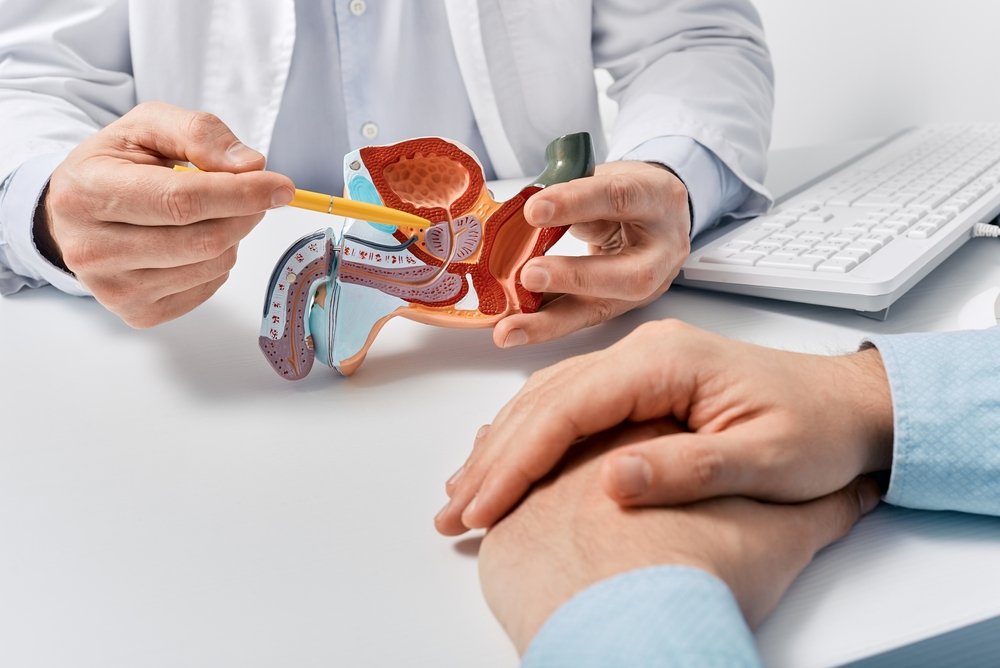Prostate rehab
The prostate is a gland. It is usually the size and shape of a walnut and grows bigger as you get older. It sits underneath the bladder and surrounds the urethra, which is the tube that carries urine (wee) out of the body. The prostate's main job is to help make semen – the fluid that carries sperm.
The most common prostate problems include, an enlarged prostate, prostatitis and prostate cancer.
An enlarged prostate is an increase in the size of the prostate. It isn’t caused by cancer. The medical term for an enlarged prostate is benign prostatic enlargement (BPE).
Possible symptoms of an enlarged prostate include:
a weak flow when you urinate
a feeling that your bladder hasn’t emptied properly
difficulty starting to urinate
dribbling urine after you finish urinating
needing to urinate more often, especially at night
a sudden urge to urinate – you may sometimes leak before you get to the toilet
However, most of these symptoms will overlap with prostate cancer so it is always a great idea to see the GP to rule this out with some further simple testing.
Management for an enlarged prostate includes
lifestyle modifications
Dietary changes
Medications
Surgery
Several different types of surgery can be used to treat an enlarged prostate. The main types used in the UK include:
TURP (transurethral resection of the prostate)
HoLEP (holium laser enucleation of the prostate
Prostatic urethral lift
Laser surgery
Transurethral water vapour therapy
It is useful to know that common symptoms post surgery for an enlarged prostate or prostate cancer will sometimes include :
Bleeding
Urinary tract infection
Urinary incontinence
Erectile dysfunction
Narrowing of the urethral neck (strictures)
Peyronies disease (curvature of the penis due to scar tissue formation)
Formation of cysts containing lymph
There is good evidence to say that beginning pelvic floor exercises prior to surgery for an enlarged prostate or prostate cancer can help reduce symptoms afterwards. However, it is never too late to start a pelvic floor rehab program and you are still likely to see good results.
However, most men have not even thought about their pelvic floor muscles prior to having prostate issues, let alone know if they are doing pelvic floor exercises correctly. SO seeing a pelvic health physio can be invaluable for helping you to maximise your results.
Ways that a pelvic health physiotherapist can assess your pelvic floor muscle function and check your technique include
External pelvic floor muscle assessment
Real time ultrasound over the abdomen or perineal area
Internal pelvic floor assessment via a rectal exam
After an assessment, we are able to give you a program to follow pre surgery and post surgery, going forward.
Pelvic floor exercises can commence after surgery as soon as the catheter is removed.
Pelvic floor exercises can then be progressed by doing them in functional positions and movements, to help improve the strength and endurance of these muscles and improve the symptoms of urinary incontinence or erectile dysfunction. As pelvic floor physiotherapists we can also help you navigate the world of clamps for urinary incontinence and how to wean off pads as symptoms improve.
If you have questions then feel free to book in a free 15 min phone call with us to discuss your prostate rehab.

